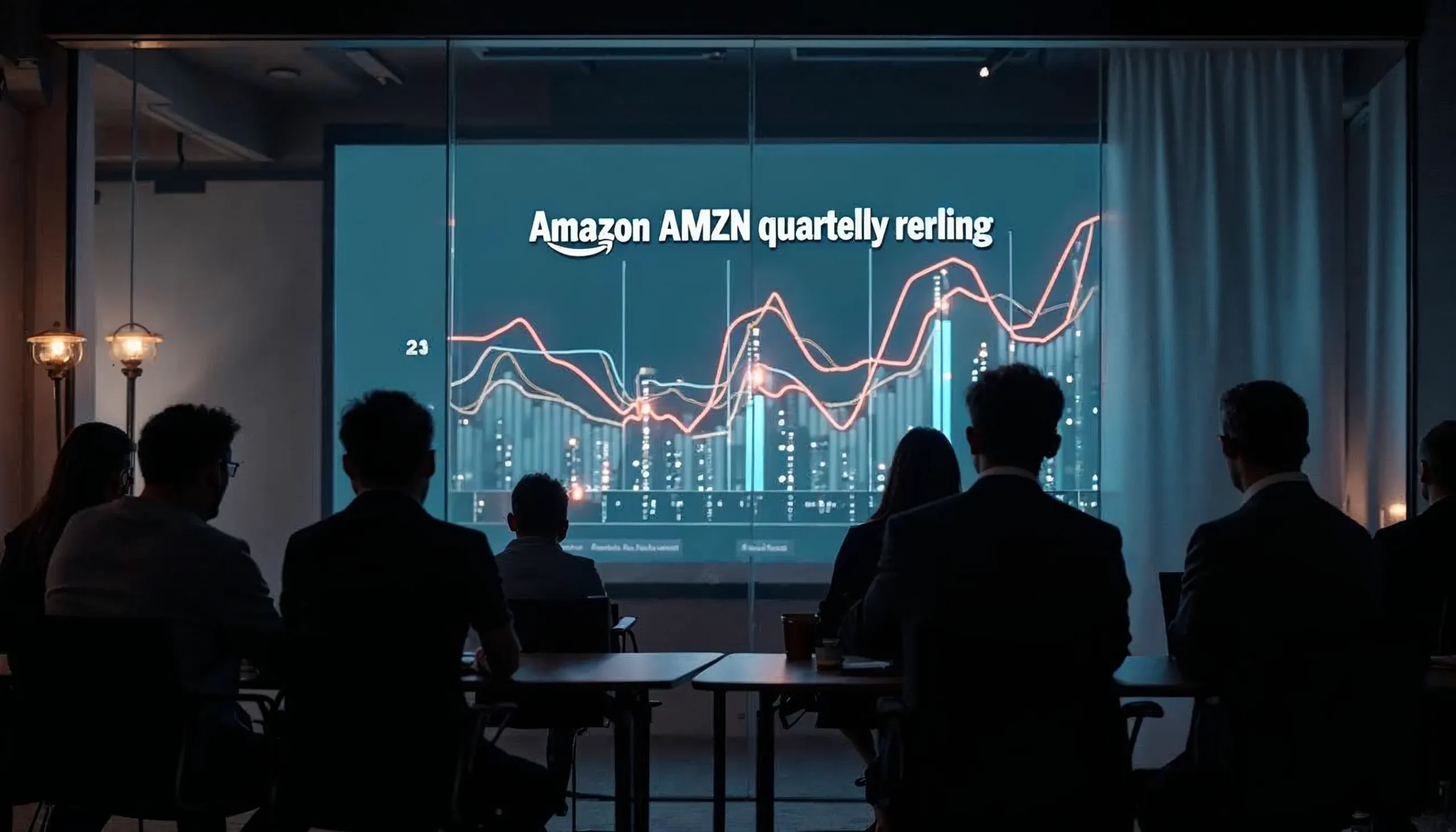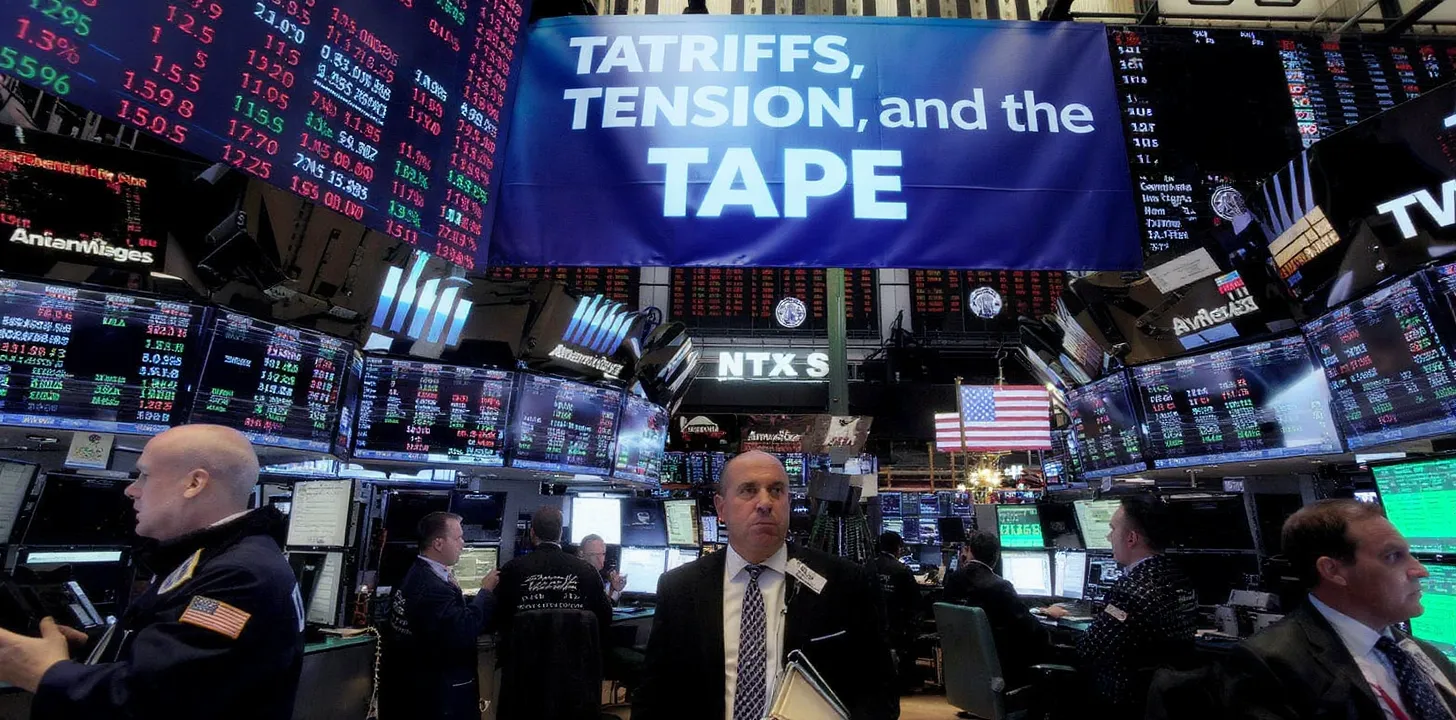Trade Insights: Why NVIDIA (NVDA) Remains the Powerhouse Stock to Trade in 2025
Trade Insights: Why NVIDIA (NVDA) Remains the Powerhouse Stock to Trade in 2025
NVIDIA (NVDA) has become synonymous with the AI revolution, dominating headlines and portfolios alike. As of July 2025, it stands not only as the largest component of the S&P 500 but also as the bellwether for technology-driven market momentum. For traders and investors seeking actionable opportunities, NVIDIA offers a blend of technical setups, robust fundamentals, and a nearly unassailable competitive moat. This article dives deep into the why, what, and how of trading NVDA—covering technical levels, economic context, valuation, and the core drivers behind its continued leadership.
The Macro Backdrop: Why NVIDIA Matters Now
AI and Data Center Boom
NVIDIA’s rise is inseparable from the explosion in artificial intelligence, machine learning, and high-performance computing. Its GPUs are the backbone of data centers powering everything from ChatGPT to autonomous vehicles. The global AI market is projected to exceed $1 trillion by 2030, and NVIDIA is capturing a disproportionate share of this growth.
Economic Tailwinds
Interest Rates: The Fed’s recent pause and hints at future rate cuts have reignited risk appetite, especially for tech giants with strong cash flows.
Corporate Spending: Enterprises are ramping up investments in AI infrastructure, directly benefiting NVIDIA’s data center segment.
Supply Chain: Eased bottlenecks have allowed NVIDIA to meet surging demand, further boosting revenues.
Fundamental Strength: The Moat and the Metrics
Competitive Moat
NVIDIA’s competitive moat is built on several pillars:
Technology Leadership: Its CUDA platform and proprietary GPU architectures are industry standards.
Ecosystem: A vast developer community and deep integration with major cloud providers.
Brand and IP: Decades of innovation, with a patent portfolio that deters would-be challengers.
Financial Health
Revenue Growth: NVIDIA’s revenues have grown at a CAGR exceeding 35% over the past five years, with the data center segment now contributing more than 60% of total sales.
Profit Margins: Gross margins consistently above 70%—a testament to pricing power.
Balance Sheet: Over $30 billion in cash and equivalents, minimal long-term debt.
Valuation
P/E Ratio: Trading at a forward P/E of around 40x, NVIDIA is expensive by traditional metrics, but justified by its growth rate and dominant position.
PEG Ratio: The price/earnings-to-growth ratio remains below 1.5, indicating that growth expectations are still not fully priced in.
Technical Analysis: Key Levels and Trade Setups
Current Price Action
As of July 8, 2025, NVDA is trading near all-time highs, reflecting both fundamental strength and technical momentum.
Support Levels: $120 (psychological level), $115 (recent breakout zone), $108 (50-day moving average).
Resistance Levels: $130 (round number, recent intraday highs), $135 (projected extension).
Momentum and Volume
RSI: Relative Strength Index hovers around 65—bullish but not overbought.
Volume: Sustained high trading volumes confirm institutional participation.
Trade Ideas
Breakout Play: Buy on a confirmed close above $130, targeting $140 with a stop at $124.
Pullback Entry: Accumulate on dips to the $115–$120 range, with tight stops below $112.
Options Strategy: Consider bull call spreads if implied volatility is elevated, capturing upside while reducing premium outlay.
Why Trade NVIDIA Now?
Catalysts
Earnings Momentum: Consistently beating consensus estimates, with guidance trending higher.
Product Launches: Next-gen GPU releases and AI software updates keep NVIDIA ahead of the curve.
Partnerships: Deepening alliances with cloud giants (Amazon, Microsoft, Google) and automotive leaders.
Risks and Mitigations
Valuation Risk: High multiples mean any earnings miss could trigger sharp corrections—use stop-losses and position sizing.
Competition: AMD and custom silicon from hyperscalers are threats, but NVIDIA’s ecosystem advantage remains formidable.
How to Trade: Actionable Steps
Monitor Earnings Dates: Volatility spikes around quarterly reports—plan trades accordingly.
Track Technical Levels: Use moving averages and volume spikes as confirmation for entries and exits.
Stay Informed: Follow news on AI adoption, regulatory changes, and supply chain updates.



